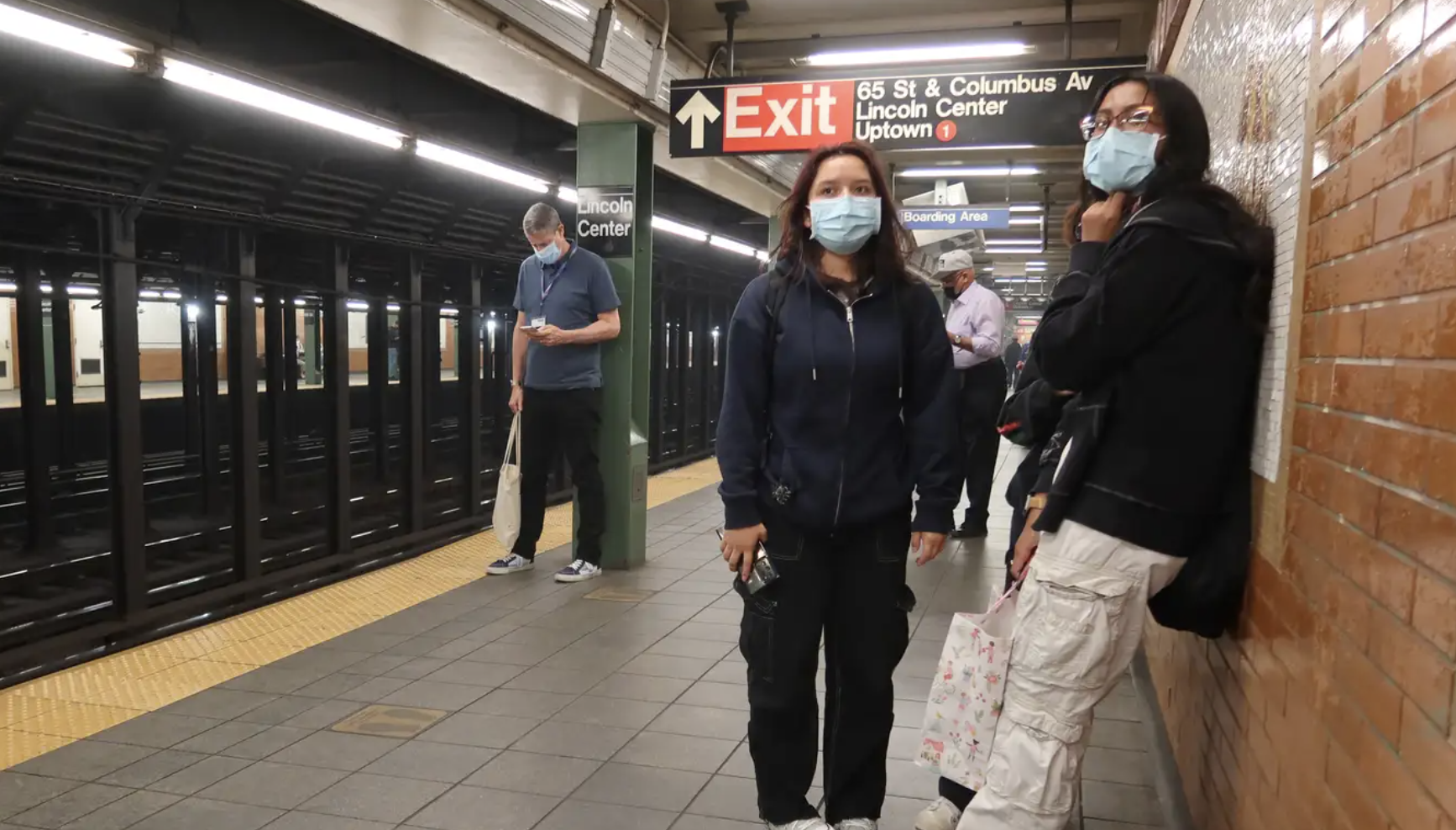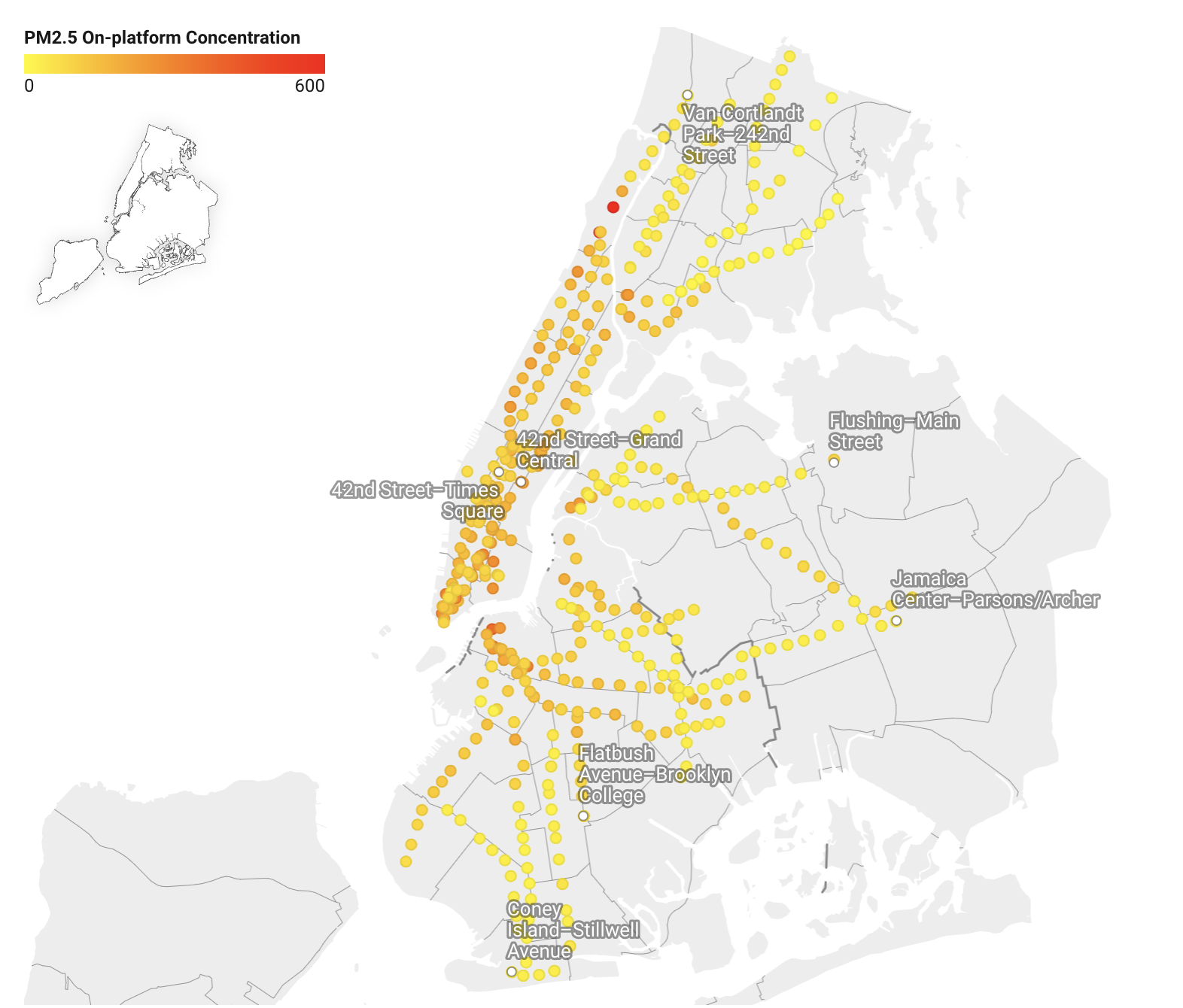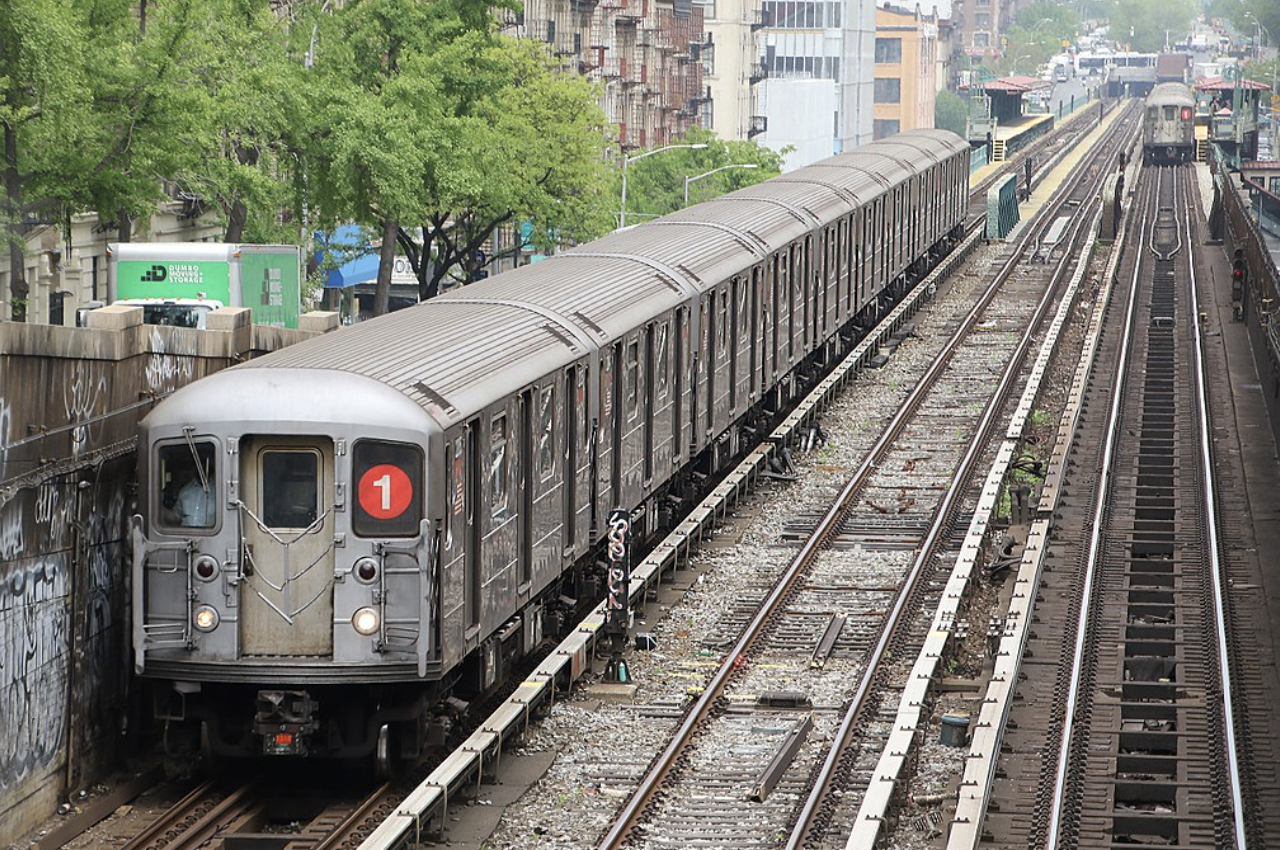Exposure to ambient particulate matter (PM) air pollution is one of the leading risk factors for global disease burden, including respiratory, cardiovascular, metabolic, and mental health disorders. These include asthma, heart disease, diabetes, as well as bipolar disorder, and anxiety. The mechanism for the development of these adverse outcomes is that the particulates (often as byproducts of fossil fuel combustion) have a very small size (less than 3 microns in diameter) and they can penetrate the lung tissue and into the blood stream, where the toxicity of the metal ions within the particles leads to oxidative damage, inflammation, and neurotoxicity. In the US, the Environmental Protection Agency regulates the standards for clean air. They also monitor these standards working with local/state agencies. For example, in the early 2000s, NYC was deemed out of compliance in the Sulphur Dioxide (SO2) concentrations. This resulted in the city initiating a major program to identify the sources and to plan for remedies. Buildings’ fuel oil was subsequently identified as the source, and local laws were set in place to convert from heavy fuel oil to alternatives. At the moment the SO2 concentrations in NYC are very low, well below clean air standards. This has been considered as one of the success stories where timely information and good governance have rapidly led to positive climate action and public health impact. Elimination of heavy fuel oils in NYC also resulted in reductions in the concentrations of particulate matter, namely PM2.5 (particles with a size smaller than 2.5 microns). However, there are still neighborhoods in the city which are out of compliance, in terms of short-term ambient concentrations which are set by US EPA at 35 mg/m3. These measurements pertain to outdoor street-level environments.
Preliminary measurements carried out by the PI and colleagues have identified that concentrations of PM2.5 in subway cars frequently reach 100 mg/m2, and concentrations in stations reach 200 mg/m3, almost 6 times EPA standards. To this date, there is no comprehensive survey of temporal and spatial variability of these pollutants in the underground city, an environment where people spend hours each day.











